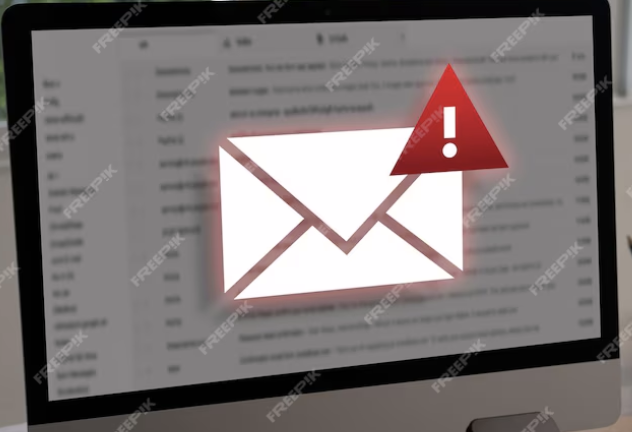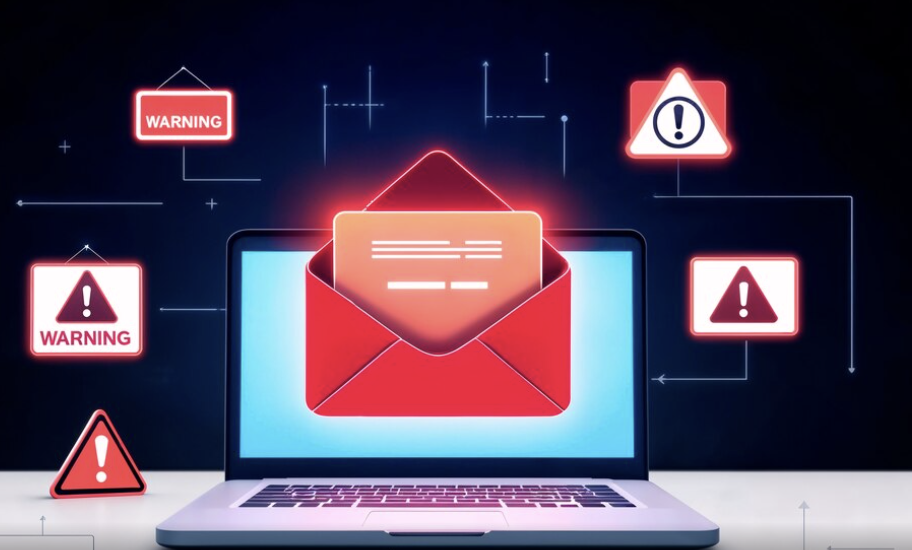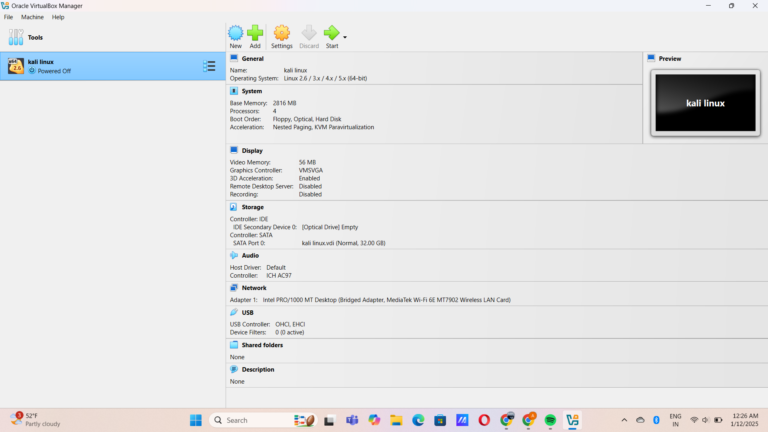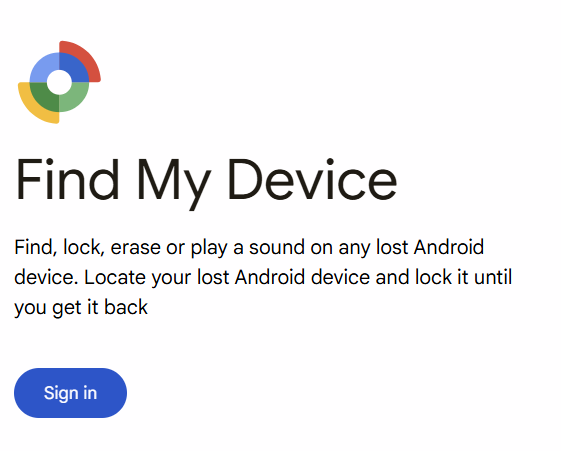5 Signs of Your spoof email address-Tips to Avoid Spoof Emails
Discover 5 signs of a spoof email address and learn essential tips to avoid falling victim to email scams. Stay safe and protect your information!
What is spoof email address?
spoof email address is a technique used by cybercriminals to send emails that appear to come from a legitimate source, such as a trusted individual or organization. The goal of email spoofing is to deceive the recipient into believing that the email is genuine, often to trick them into taking a specific action, such as clicking on a malicious link, downloading an attachment, or providing sensitive information.

How spoof email address Works
- Forged Sender Address: The attacker manipulates the “From” field of the email header to make it look like the email is coming from a legitimate source. This can involve using a similar email address or domain name that closely resembles the real one.
- Social Engineering: Spoofed emails often use social engineering tactics to create a sense of urgency or fear, prompting the recipient to act quickly without thinking critically about the email’s authenticity.
- Malicious Links and Attachments: Spoofed emails may contain links to phishing websites designed to steal personal information or attachments that contain malware.
Common Uses of spoof email address

- Phishing Attacks: Cybercriminals use spoofed emails to trick individuals into providing sensitive information, such as passwords, credit card numbers, or social security numbers.
- Business Email Compromise (BEC): Attackers impersonate executives or trusted partners to manipulate employees into transferring funds or sharing confidential information.
- Spam and Scams: Spoofed emails can be used to distribute spam or promote fraudulent schemes.
How to Protect Yourself from Email Spoofing or spoof email address
- Verify Sender Information: Always check the sender’s email address carefully. Look for slight variations or misspellings.
- Be Cautious with Links and Attachments: Avoid clicking on links or downloading attachments from unknown or suspicious sources.
- Look for Red Flags: Be wary of generic greetings, poor grammar, and urgent requests for action.
- Use Email Authentication Protocols: Organizations can implement protocols like SPF (Sender Policy Framework), DKIM (DomainKeys Identified Mail), and DMARC (Domain-based Message Authentication, Reporting & Conformance) to help prevent spoofing.
- Educate Yourself and Others: Stay informed about the latest phishing tactics and educate colleagues, friends, and family about the risks of email spoofing.
In our digital age, email has become a primary mode of communication, both for personal and professional interactions. However, with the convenience of email comes the risk of spoofing—where a malicious actor impersonates a legitimate sender to deceive recipients. Spoof emails can lead to data breaches, financial loss, and a host of other issues. So, how can you protect yourself? Here are five signs that your email might be spoofed, along with tips to avoid falling victim to these scams.

1. Unusual Sender Address
One of the most telling signs of a spoof email is an unusual sender address. While the display name may look familiar, the actual email address may be slightly altered. For example, instead of “john.doe@example.com,” you might see “john.doe123@example.com.” Always double-check the sender’s email address, especially if the message seems out of character for the person or organization.
Tip:
Hover over the sender’s name to reveal the full email address. If it looks suspicious, don’t engage with the email.
2. Generic Greetings
Spoof emails often use generic greetings like “Dear Customer” or “Dear User” instead of addressing you by name. Legitimate companies usually personalize their communications. If you receive an email that feels impersonal, it could be a red flag.
Tip:
Be cautious of emails that lack personalization. If you’re unsure, contact the sender through a known, trusted method to verify the email’s authenticity.
3. Urgent or Threatening Language
Spoof emails frequently employ urgent or threatening language to provoke a quick response. Phrases like “Your account will be suspended” or “Immediate action required” are common tactics used to create panic. This pressure can lead you to make hasty decisions, such as clicking on malicious links or providing sensitive information.
Tip:
Take a moment to breathe and assess the situation. Legitimate organizations will not pressure you into making immediate decisions. If in doubt, reach out to the company directly using contact information from their official website.
4. Suspicious Links or Attachments
If an email contains links or attachments that seem out of place, it’s a major warning sign. Spoof emails often include links that lead to phishing sites or attachments that contain malware. Always be wary of unexpected attachments or links, especially if they prompt you to enter personal information.
Tip:
Before clicking on any link, hover over it to see the actual URL. If it looks suspicious or doesn’t match the sender’s domain, do not click it. Use a URL scanner to check for safety if you’re unsure.
5. Poor Grammar and Spelling Mistakes
Many spoof emails are poorly written, filled with grammatical errors and spelling mistakes. While everyone makes mistakes, a professional organization typically maintains a standard of communication. If the email seems unprofessional, it could be a sign of a scam.
Tip:
Trust your instincts. If the email feels off, it’s better to err on the side of caution. Report the email as spam or phishing to your email provider.
Final Thoughts: Stay Vigilant
Spoof emails are a growing concern, but by being aware of the signs and following these tips, you can protect yourself from falling victim to these scams. Always trust your instincts and take the time to verify any suspicious communications. Remember, when in doubt, it’s better to double-check than to risk your personal information.
Stay safe, and happy emailing!






